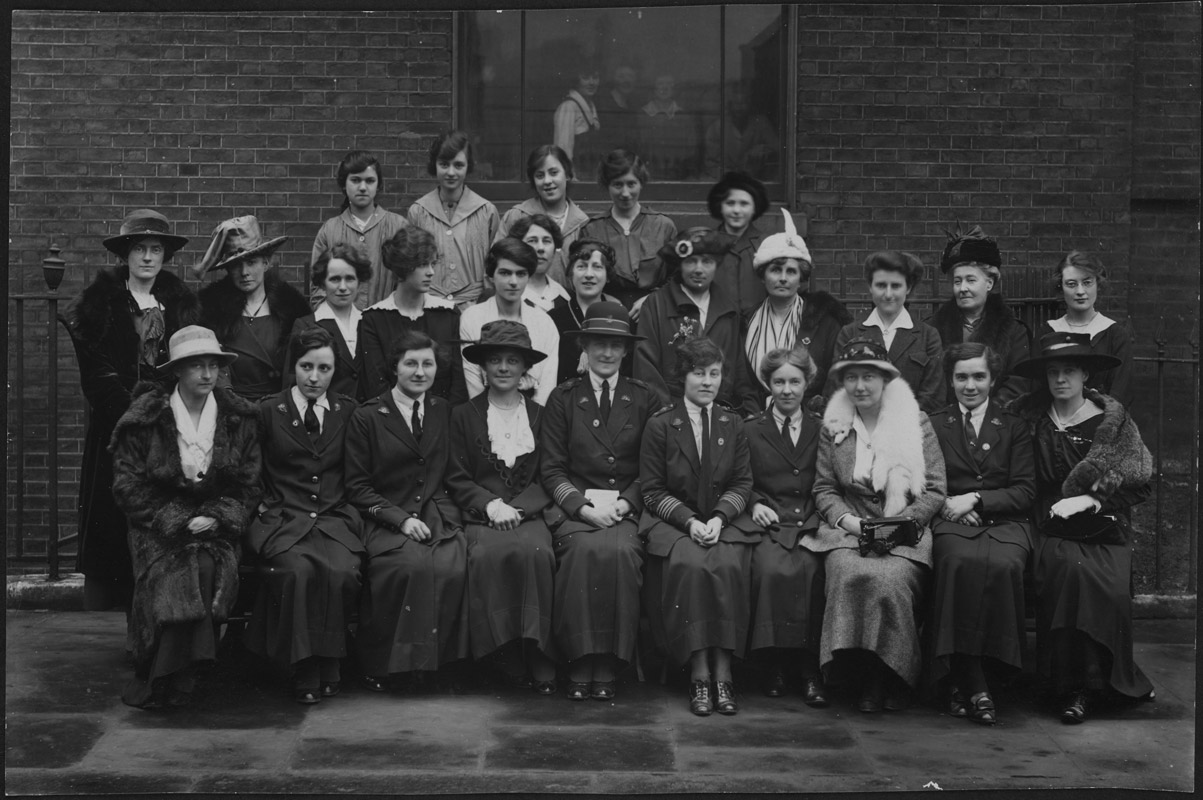Today, Anzac Cove’s most striking feature is its eerie stillness. However, at dawn on 25 April 1915, the sound of rifle fire shattered that silence, as Lieutenant Mordaunt Reid of Coolgardie, Western Australia, and his fellow soldiers pushed through Gallipoli’s scrub toward the coveted Third Ridge.
Mordaunt and many of his men would disappear without trace that morning, their fate unknown. They would become the first of Australia’s vast legions of ‘missing’ soldiers.
Despite receiving defence department telegrams stating that Mordaunt was missing, his wife, Pauline Dowd, remained convinced that he was alive. Pauline wrote to the newspapers and cabled hospitals overseas seeking answers. In July 1915, Pauline sailed for Egypt to continue her search. ‘She still hopes to hear eventually of her husband’s safety’, recorded a newspaper, ‘though she is almost alone in the hope’.
 Mordaunt Reid enlisted in Spetember 1914 and landed on Gallipoli on 25 April 1915.
Mordaunt Reid enlisted in Spetember 1914 and landed on Gallipoli on 25 April 1915.
Pauline joined the staff of the No. 2 Australian General Hospital in Cairo. Between shifts, Pauline walked the hospital’s corridors, and talked to the sick and wounded soldiers. Her questioning always started with: ‘Did you know Lieutenant Mordaunt Reid?’
After the Gallipoli campaign ended, Pauline travelled to London and worked as the assistant secretary of the Prisoners of War Department. She toiled 14 to 16 hours a day to ensure that Australian prisoners received their allocated food parcels.Pauline joined the staff of the No. 2 Australian General Hospital in Cairo. Between shifts, Pauline walked the hospital’s corridors, and talked to the sick and wounded soldiers. Her questioning always started with: ‘Did you know Lieutenant Mordaunt Reid?’
In April 1916 the army notified Pauline that Mordaunt had been reclassified as ‘killed in action’. Despite the dispiriting news Pauline remained ‘confident’ that Mordaunt was still alive. It was not till late 1918 that Pauline conceded that there was only a ‘remote chance’ that he had survived.
Even after the war ended, Pauline did not rest until the last prisoners had returned from Turkey. Of the prisoners captured on Gallipoli, only 38 men came back. Pauline choked up whenever she discussed the ‘unnecessarily harrowing’ treatment meted out to them.
In 1920, Pauline returned to Coolgardie and met up with old friends. She discovered that Coolgardie’s locals hadn’t forgotten Mordaunt. Every Anzac Day, the community commemorated Coolgardie’s fallen soldiers in ‘a quiet but earnest manner’: flags flew at half-mast, and at noon all work stopped as residents observed three minutes’ silence. At dusk, the local church held a memorial service, where Mordaunt’s name and that of other fallen soldiers was read out. Afterwards the town hall hosted a concert, where a veteran recounted to the 600 guests the landing at Gallipoli when the ‘gallant’ Mordaunt Reid and 80 other soldiers had been stranded and were mown down.
Throughout the 1920s, Pauline focused on ensuring Mordaunt received a decent Christian burial. In 1923, Base Records updated Pauline on its efforts to recover his remains, stating that an exhaustive search had been made over the battle areas; however, ‘in the circumstances, it must be reluctantly concluded that the Graves Service have not succeeded in locating his last resting place’. Mordaunt Reid’s remains were never recovered.
Pauline’s torment reflected that of thousands of other Australians families with missing loved ones. They were condemned to a suspended state — no name, no body, no burial, no mourning — entombed in uncertainty. Of the 62,000 Anzac soldiers who died in the Great War, over one-third are still listed as ‘missing’.
 The Red Cross Prisoners of War Department in London, 1916. Pauline Reid is in the front row, sixth from the left.
The Red Cross Prisoners of War Department in London, 1916. Pauline Reid is in the front row, sixth from the left.
Scott Bennett is the author of The Nameless Names.

